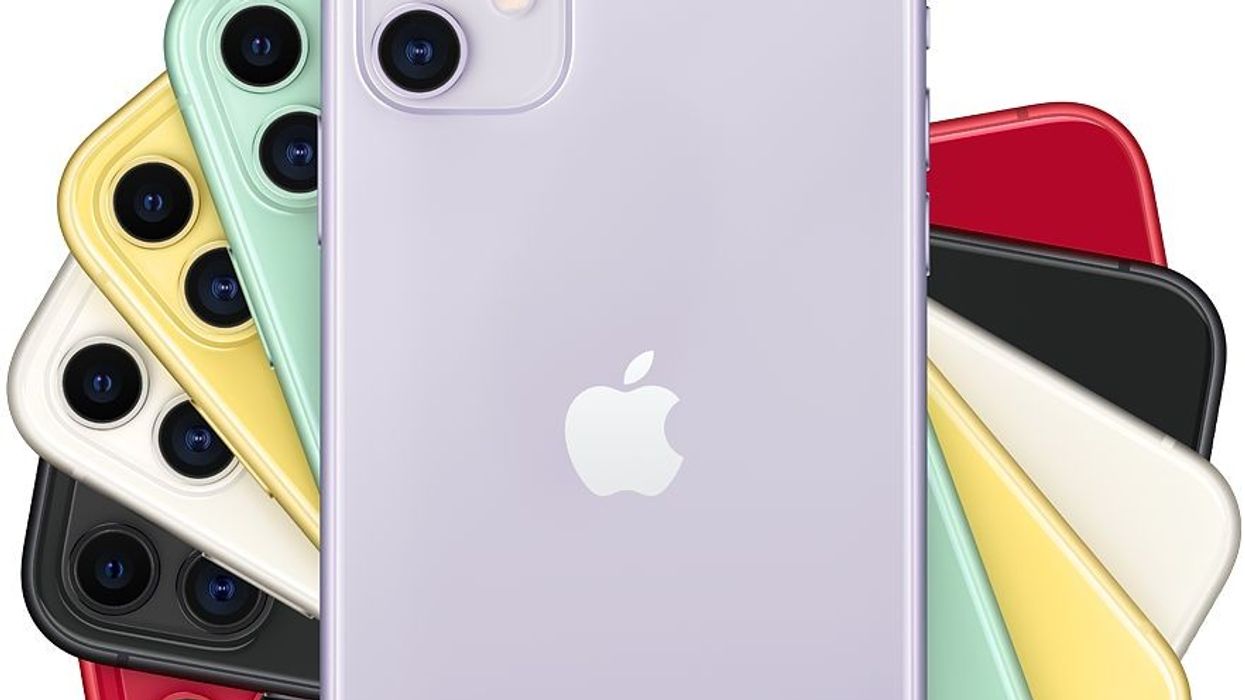Does New iOS 13 Add More Features for iPhone 11 Filmmakers?
New iOS 13 developments have shooters taking notice.

Earlier this month, IOS developer Ryan Jones tweeted this, scooping a feature add now in beta development in Apple’s iOS 13.2. With a simple tap of the screen, an iPhone user can conveniently toggle between three video frame rates and three resolutions using the stock camera app. It's only available on the 11 Pro, 11 and 11x at the moment due to the Beta.
DP Review calls it "progress" but toward what? It's curious that the stock camera app doesn’t offer a similar new toggle feature for its still photography aspect ratios or a Raw capture option, given the SLR-killing billboards shot on iPhone. That could be coming. Meantime the toggle is an uncharacteristic beau geste aimed at two types of shooter among us: the social content creator who wants a more professional tool in their pocket, and the industry pro who has to use a phone for an additional camera.
Let’s be clear about what it is. This is a pleasing, intuitive UI tweak that immediately improves user experience on the iOS stock camera, whoever you are. Previously, users had to dig into the settings to switch up resolutions, and in the time it took, the moment waited for the bus, got on the bus, and slipped away. Apple’s obsession with interface simplicity and fully automatic defaults drove anyone who needed the iPhone to shoot something into the arms of third-party camera apps, (usually Filmic Pro,) for 10-20 bucks a pop. These apps set exposure, focus, colour temperature, audio levels, frame rate, all at the level of the opening glass. Some apps promise a couple more stops of exposure, nutty custom frame rates, and even LOG/Flat image capture.
Of course, all of these promises are limited by two things: what Apple allows its developers to do with its hardware, and what the camera sensor can actually handle. Frame rates in any iOS camera app are variable, meaning the phone varies the frame rate during shooting to reduce file size and maximize storage. Any footage file has to be converted outside of the phone to constant frame rate if it's going to sync with production audio and other cameras. And LOG image capture on a phone, well, it’s faux-LOG. There are noise complaints.
True, director Steven Soderbergh used the iPhone to shoot his latest feature Unsane on a clutch of three iPhone 7’s, and Sean Baker shot Tangerine with the iPhone 5. These directors knew and used the limitations of the phone in the service of their stories. Third-party apps were on hand in both cases.
Would anyone wager that with these and any upcoming feature adds, that Apple has set its sights on the pro market for shooters? Who really believes that? But TikTok users want more pro options and increasingly sophisticated looks. Producers need behind-the-scenes b-roll from the set, DP’s can dispatch a smart PA to grab an establishing shot that was overlooked. There’s a niche for the attention being paid here. And if next year Apple does go full bore into AR, and there’s no reason to think they won’t, UI tweaks like this one might be redesign steps toward a completely new paradigm of use.












